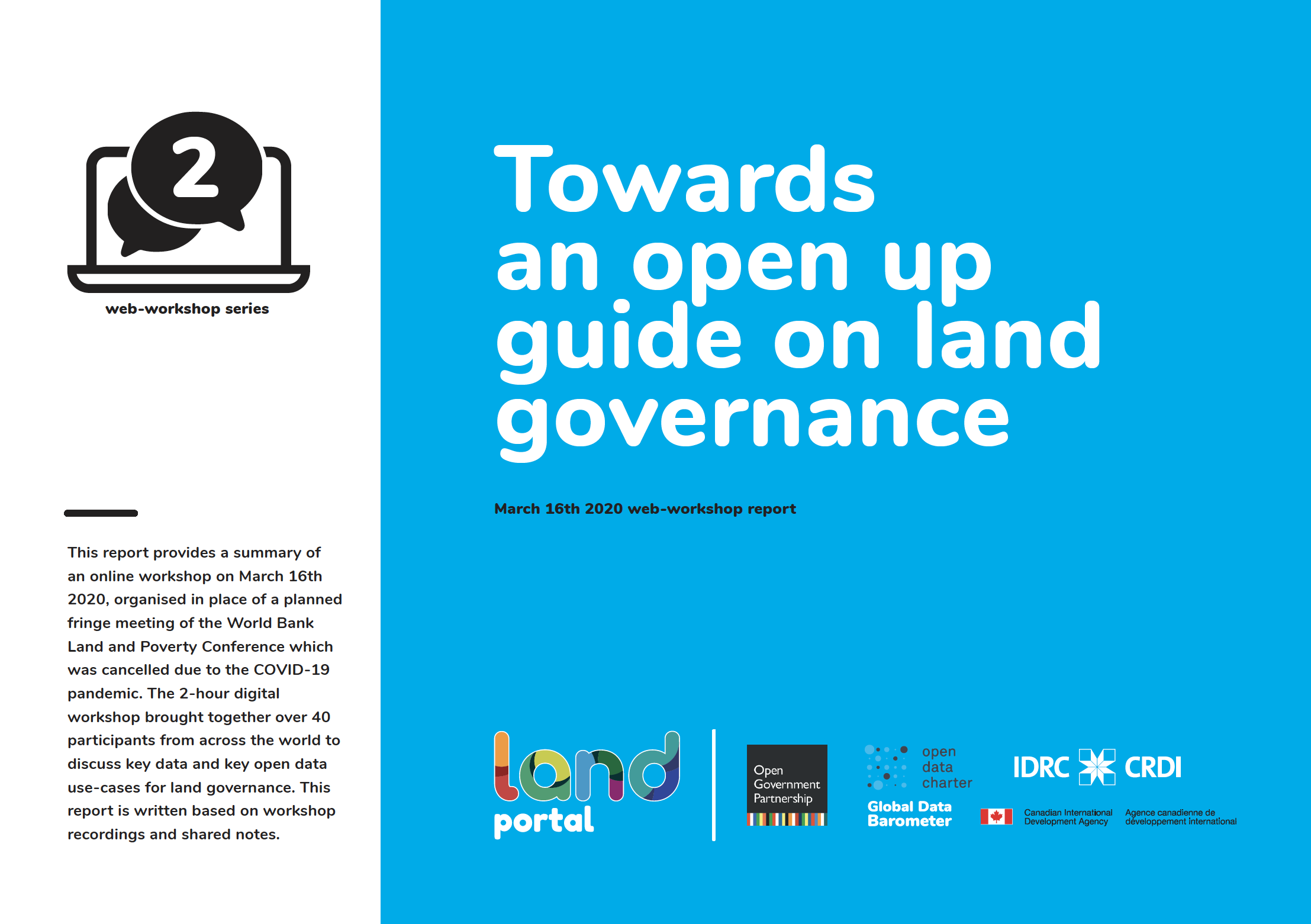Lawns in Cities: From a Globalised Urban Green Space Phenomenon to Sustainable Nature-Based Solutions
This opinion paper discusses urban lawns, the most common part of open green spaces and urban green infrastructures. It highlights both the ecosystem services and also disservices provided by urban lawns based on the authors’ experience of working within interdisciplinary research projects on lawns in different cities of Europe (Germany, Sweden and Russia), New Zealand (Christchurch), USA (Syracuse, NY) and Australia (Perth).




